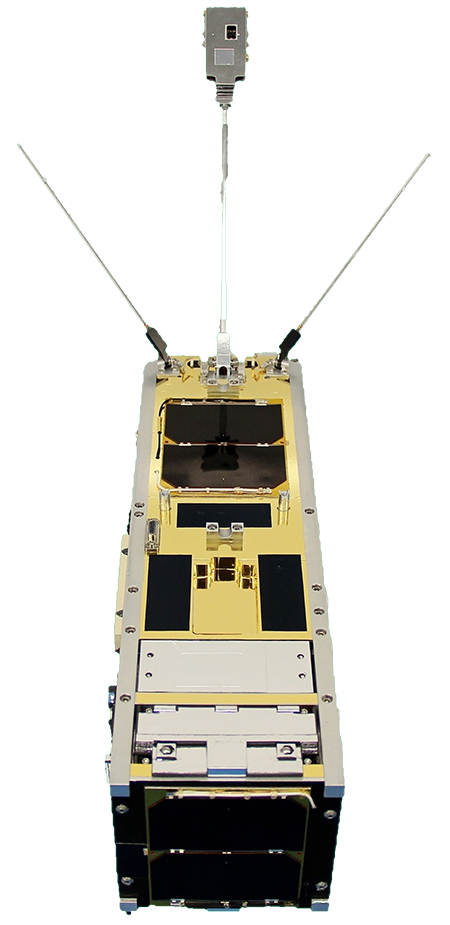Blog-Systems Engineering vs the CubeSat Kit

By Dr. Robert E. Zee
In an earlier blog about disruptive strategies for developing a new space-based business, I made the case for getting the demonstration satellite into orbit quickly with capabilities that are sufficient to prove the technology. I argued against the alternative of spending excessive time and money to build a demonstration mission with the full functionality and capacity targeted for a future operational (service providing) satellite.
My assertion based on 22 years of working with Microspace and NewSpace ventures was that being first into orbit with new technology is critical in capturing a new market and grabbing the attention of investors.
Adding to this theme of quickly developing a mission to disrupt the market, however, I want to caution against going too far in the direction of fast and inexpensive. I raise this concern due to the possible overuse of, and unrealistic expectations associated with CubeSat kits in the commercial market. As the name implies, these kits contain specific parts and pieces a customer needs to build their own CubeSat. Some kits even come with very high-end components and systems.
The problem here is that a satellite is more than the sum of its parts. While the components may be well engineered, these kits do not necessarily provide the overall systems engineering needed to develop a reliable, high-quality end product. And outstanding systems engineering is what SFL has become known for in the last two decades.
Systems engineering refers to developing the satellite from a wholistic perspective, understanding the trades between key subsystems, and understanding the satellite’s intended mission and market application. These aspects must be taken into account for the best satellite development outcome. For a truly well-engineered system solution, some level of customization is unavoidable. Knowing what these aspects of customization are is a matter of being a good systems engineer.
Last year at SFL, we introduced a low-cost, high-performance line of CubeSats that we develop at our facility using the core avionics and attitude control technologies we have created and refined in more than 21 successful microspace missions. Right from the drawing board, however, we assess system trades and do mission specific analyses while we tailor each CubeSat with the end in mind – What is the best concept of operations? How long should it operate in the expected environment? What is the appropriate quality approach for the objectives?
And the attention to detail and satellite pampering goes on – right up until the CubeSat is integrated with the launch vehicle. This is the exact same approach we take with all of our microspace missions, based in solid systems engineering.
